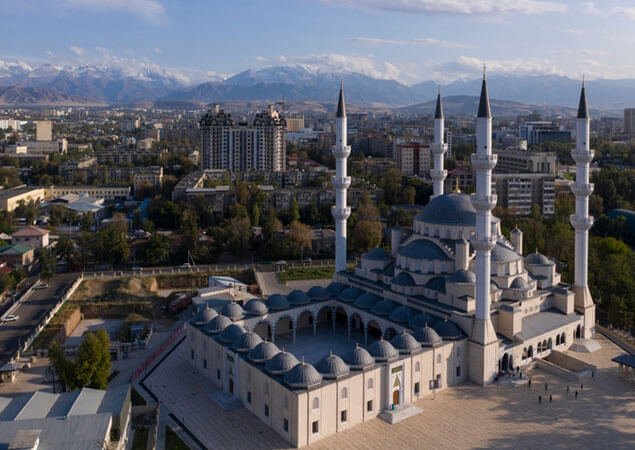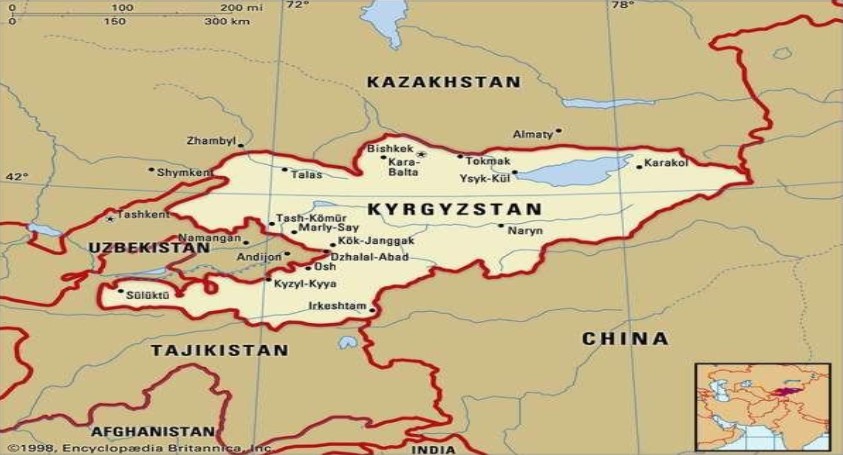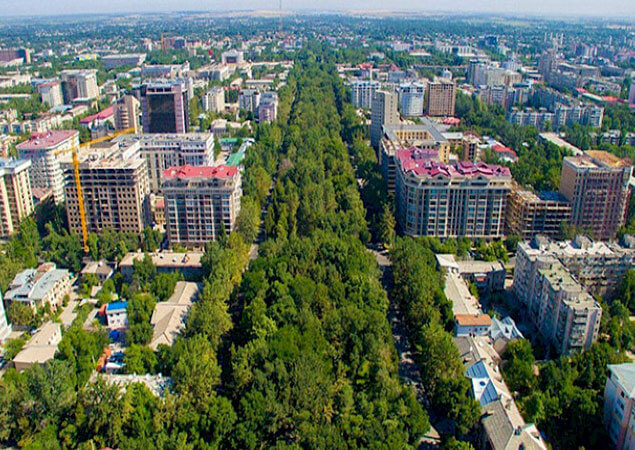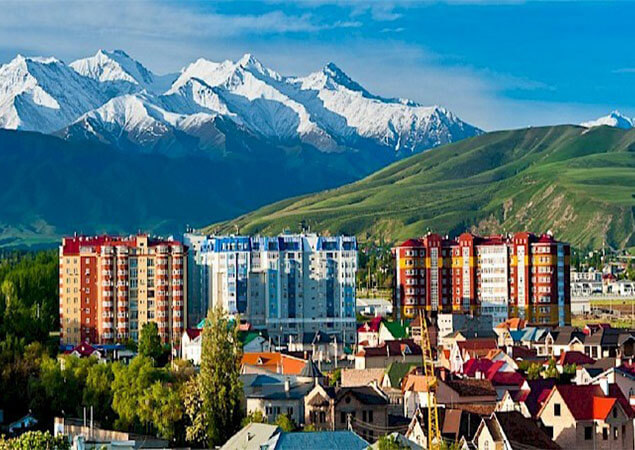HEART OF CENTRAL ASIA
Kyrgyzstan, country of Central Asia. It is bounded by Kazakhstan on the northwest and north, by China on the east and south, and by Tajikistan and Uzbekistan on the south and west. Most of Kyrgyzstan’s borders run along mountain crests. The capital is Bishkek.
The Kyrgyz, a Muslim Turkic people, constitute nearly three-fourths of the population. The history of the Kyrgyz in what is now Kyrgyzstan dates at least to the 17th century. Kyrgyzstan, known under Russian and Soviet rule as Kirgiziya, was conquered by tsarist Russian forces in the 19th century. Formerly a constituent (union) republic of the U.S.S.R., Kyrgyzstan declared its independence on August 31, 1991.


Climate
Kyrgyzstan’s great distance from the oceans and the sharp change of elevation from adjacent plains strongly influence the country’s climate. Deserts and plains surround Kyrgyzstan on the north, west, and southeast, making the contrast with the climate and landscape of its mountainous interior all the more striking. The valleys have hot dry summers, with a mean July temperature of 82 °F (28 °C). In January the average temperature is −0.5 °F (−18 °C).
Languages
Most Kyrgyz speak a language belonging to the northwestern group of the Turkic languages, especially Kyrgyz. A sizeable minority speak Uzbek, a Turkic language of the southeastern branch. Russian is also spoken, and official language status has been accorded to both Kyrgyz and Russian.
Economy
The people of Kyrgyzstan have traditionally raised livestock and engaged in farming. By the late 20th century the republic had become a source for nonferrous metals, notably of antimony and mercury ores, and a producer of machinery, light industrial products, hydroelectric power, and food products. Gold mining has increased in importance, and Kyrgyzstan possesses substantial coal reserves and some petroleum and natural gas deposits. Hydroelectric power provides more than three-fourths of the country’s electric energy. Kyrgyzstan is a member of the Eurasian Economic Union along with Kazakhstan, Russia, Belarus,
People
Besides Kyrgyz, the country’s population includes minorities of Russians, Uzbeks, Ukrainians, and Germans as well as Tatars, Kazakhs, Dungans (Hui; Chinese Muslims), Uighurs, and Tajiks. Since independence in 1991, many Russians and Germans have emigrated. Nearly three-fourths of the population is Kyrgyz, while about one-seventh is Uzbek. The other ethnic groups make up the remaining one-eighth of the population.
Education
Kyrgyzstan’s schools and colleges have undergone a drastic reorganization since emerging from the ideological control of the Communist Party. After independence Kyrgyzstan’s contacts with the outside world increased dramatically, with Kyrgyz students, scholars, and officials traveling to Middle Eastern and Western countries for specialized and technical training. The Kyrgyz Academy of Sciences and Kyrgyz State University, both in Bishkek, are the major institutions of higher education.
HISTORY OF Imec World
- IMEC WORLD is built in 2019 by professional and qualified doctors with a pure intention to help students. It is established with dreams, hopes, and possibilities.
- As a professional doctor, we know better the prospect in a medical career. We know, what to achieve and how to achieve it.





